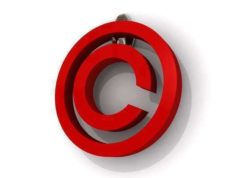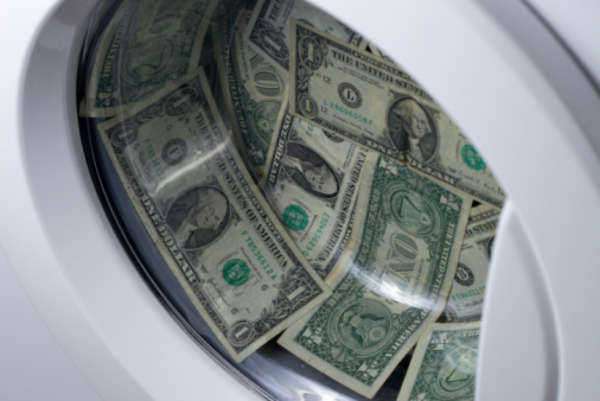
When an author creates a work, he or she has a
copyright on that work. This means that the author is given exclusive rights to
use, recreate, distribute, sell, license and transfer the work. Works eligible
for copyright include motion pictures, photographs, sound recordings, paintings
and drawings.
When a work is copyrighted, the author will
usually place a copyright notice on
it to show that the work has exclusive rights and cannot be used by any other
individual or entity. Copyright notices before March 1, 1989 were required to
be included when a work was published. Otherwise the work would become public
domain.
Works published on or after March 1, 1989 do not require the notice to
be protected, though it is beneficial to include it. The notice ensures that
the original owner will receive full damage awards if copyright infringement is
charged.
How are Copyright Notices
Presented?
The mediums through which works
can be presented vary a great deal. For instance, a motion picture has both
visual and audio elements which are copyrighted. A photograph only has visual
elements, while a sound recording has only audio elements.
Depending on the type of medium, a copyright
notice is presented in two different ways. For a work with both visual and
audio elements, such as a motion picture, the visual rules will apply. An audio
recording, absent of visual qualities, will not be placed on the work itself,
but rather on the packaging from which it is contained.
Visible Copies:
When a work has visual
elements, the notice will be placed somewhere within its presentation. In
motion pictures, it may be placed at the very end. In photographs, paintings
and drawings, a small notice is placed on the bottom corner of the work. In any
case, it should be easily identifiable and easy to find.
Audio Copies:
For audio works, there is no
way to practically present a copyright notice without it being distracting. As
a result, audio recordings usually have a copyright notice placed on the
packaging in which it is placed. In most cases, audio recordings come from LP
records, audio cassettes, and compact discs. If this is the case, the copyright
notice will be printed and visible on the labels of these mediums.
What is Contained in a
Copyright Notice?
A copyright notice must have three key elements in
order for it to be valid.
1. An encircled “C” (if it is a visual
work) or an encircled “P” (if it is an audio work). This is the
symbol that indicates that the notice pertains to copyright laws and is a clear
indication that the work has indeed been copyrighted. The encircled
“C” may be substituted with the word “Copyright”.
2. Next, the year of the first publication date
should be included after the copyright symbol.
3. Finally, the name of the individual or entity
which owns the exclusive copyrights to the work is placed after the year.




















